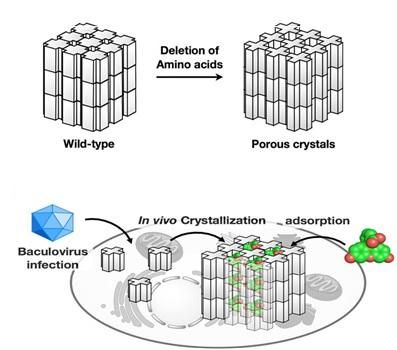That tastes -- sweet? Sour? No, it's definitely calcium!
That tastes -- sweet? Sour? No, it's definitely calcium!
Chemists in Philadelphia are reporting a discovery that could expand the palate of human tastes — sweet, sour, salty, bitter, and savory — to include a new taste sensation that they term "calcium." In a report at the 236th National Meeting of the American Chemical Society, scientist Michael G. Tordoff, Ph.D., and colleagues with the Monell Chemical Senses Center in Philadelphia describe research they say demonstrates that a taste for calcium exists in mice. With mice and humans sharing many of the same genes, the findings suggest that people also may have such a taste, which could have a range of practical applications.
"People don't consume as much calcium as nutritionists would like," Tordoff said, "and one reason for this is that foods high in calcium don't taste good to many people. Tweaking its taste could encourage a calcium-deficient population to consume more of this key nutrient. "By understanding how calcium is detected in the mouth, we can either make it easier to consume by reducing its bad taste or even make pharmacological agents that make it taste better."
The research shows that the taste of calcium is detected by two receptors on the tongue. One is a calcium-sensing receptor called CaSR that has been found by other researchers in the parathyroid glands, kidney, brain and gastrointestinal tract. "We didn't know it was on the tongue before," Tordoff said. The other is a receptor known as T1R3. This is a component of the "sweet-taste" receptor — a finding that researchers described as "very unexpected."
And the taste of calcium? "Calcium tastes calciumy," Tordoff said. "There isn't a better word for it. It is bitter, perhaps even a little sour. But it's much more because there are actual receptors for calcium, not just bitter or sour compounds."
Most read news

Get the analytics and lab tech industry in your inbox
By submitting this form you agree that LUMITOS AG will send you the newsletter(s) selected above by email. Your data will not be passed on to third parties. Your data will be stored and processed in accordance with our data protection regulations. LUMITOS may contact you by email for the purpose of advertising or market and opinion surveys. You can revoke your consent at any time without giving reasons to LUMITOS AG, Ernst-Augustin-Str. 2, 12489 Berlin, Germany or by e-mail at revoke@lumitos.com with effect for the future. In addition, each email contains a link to unsubscribe from the corresponding newsletter.
























































